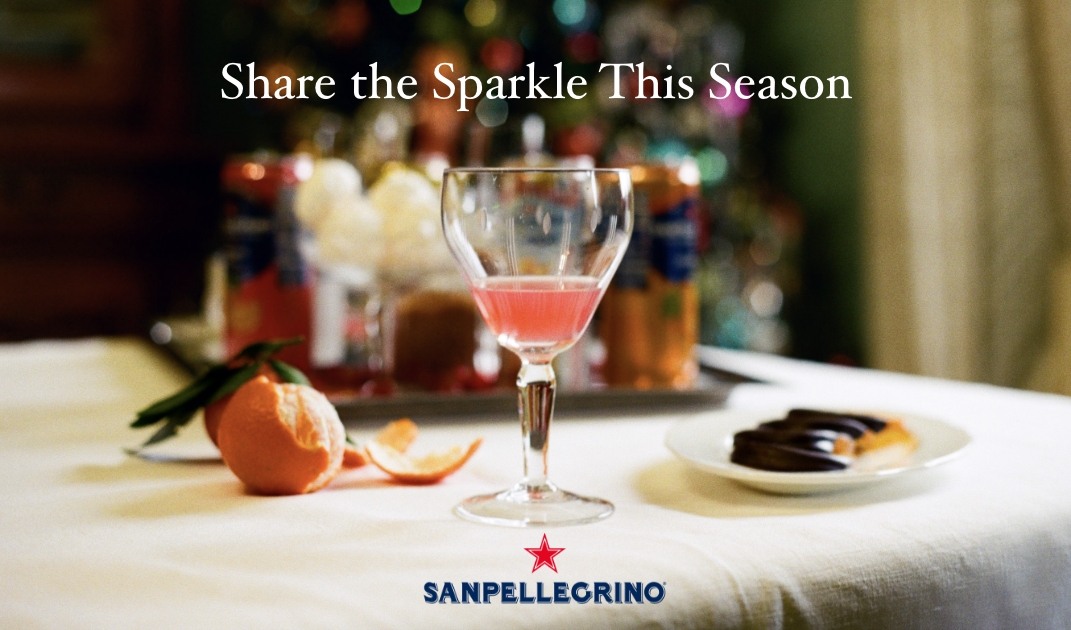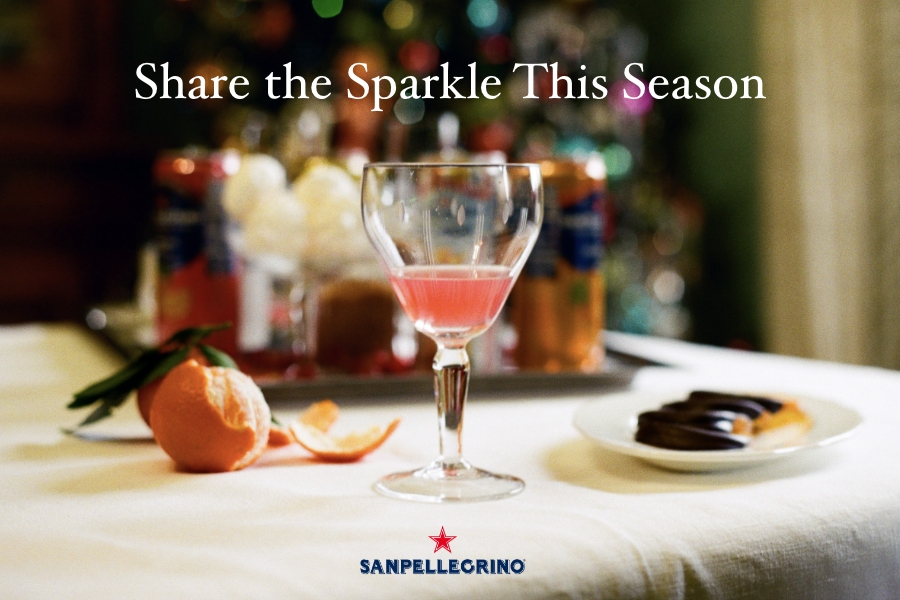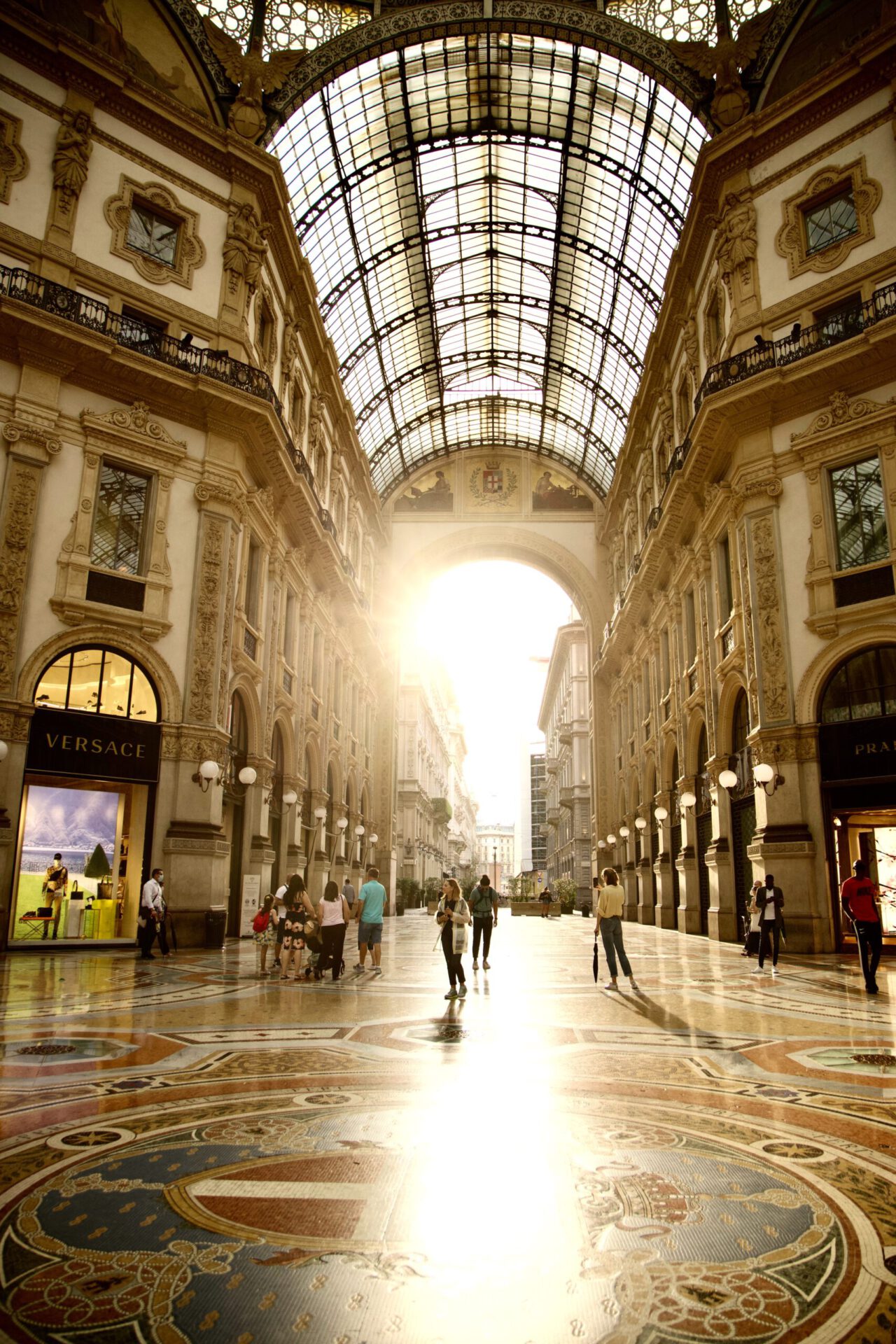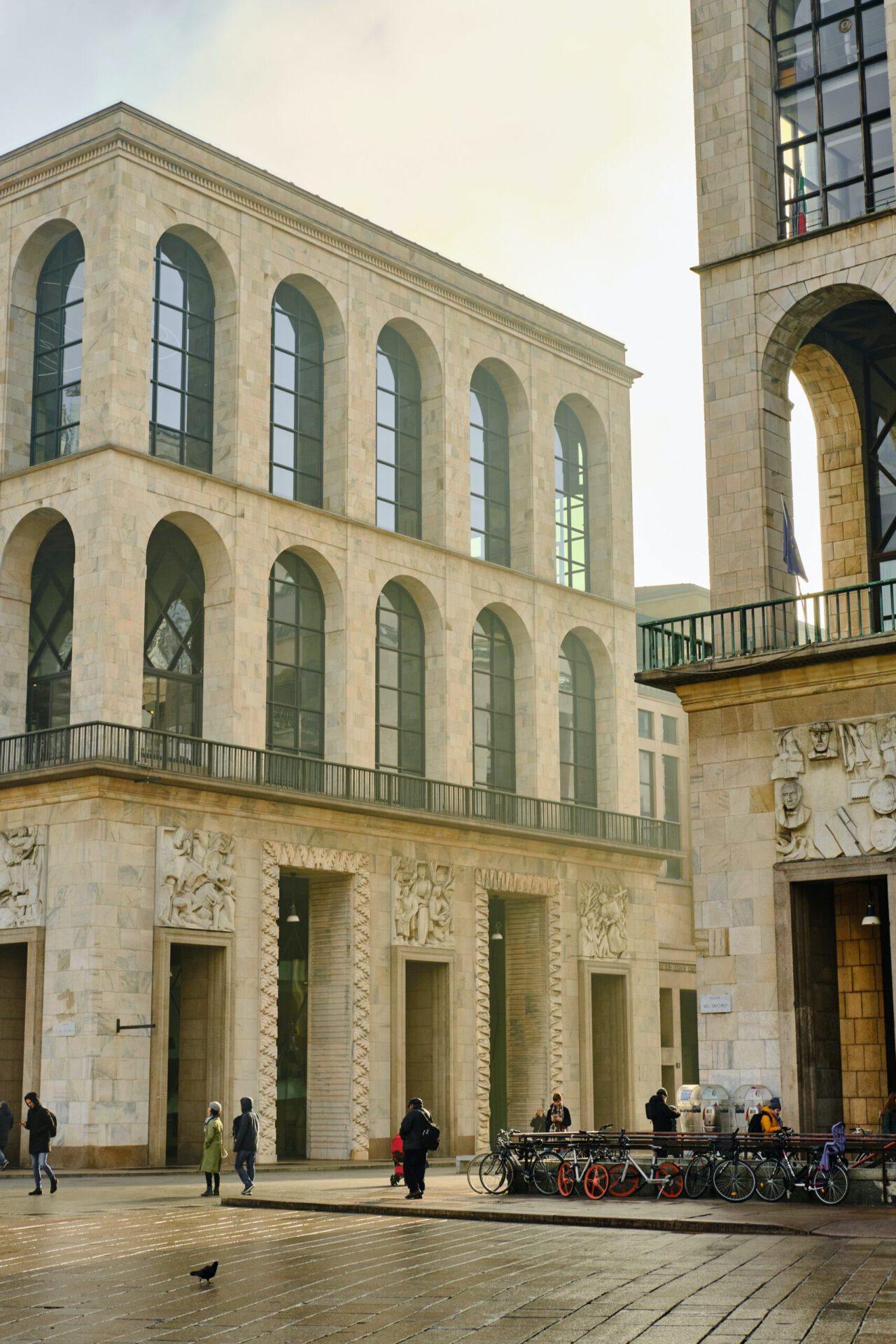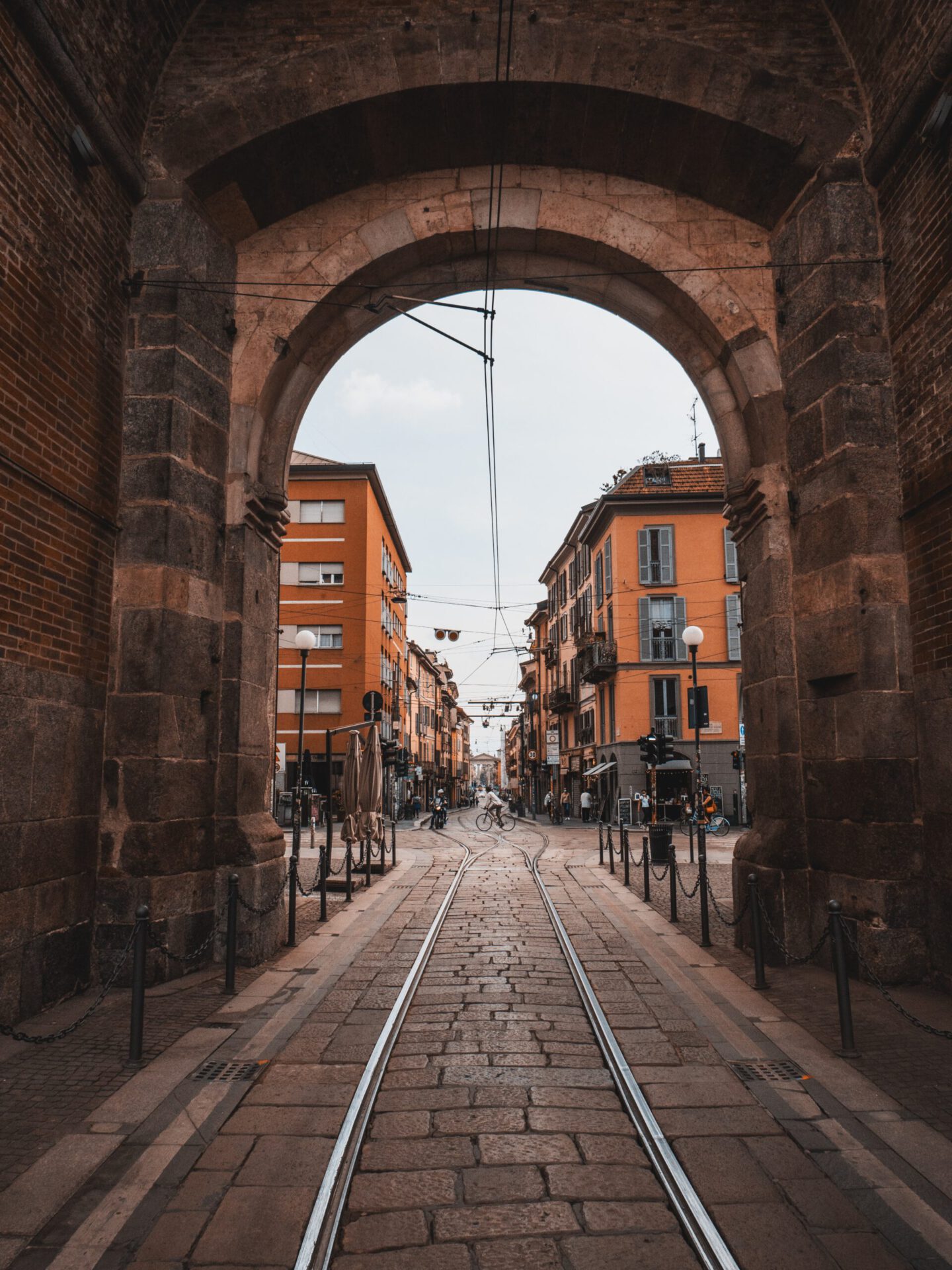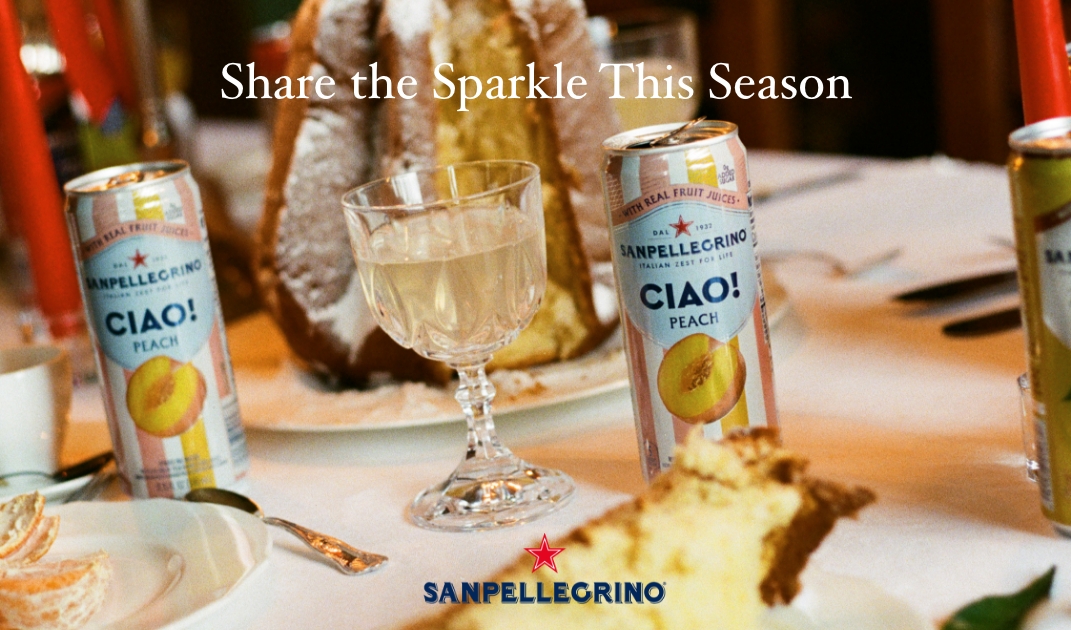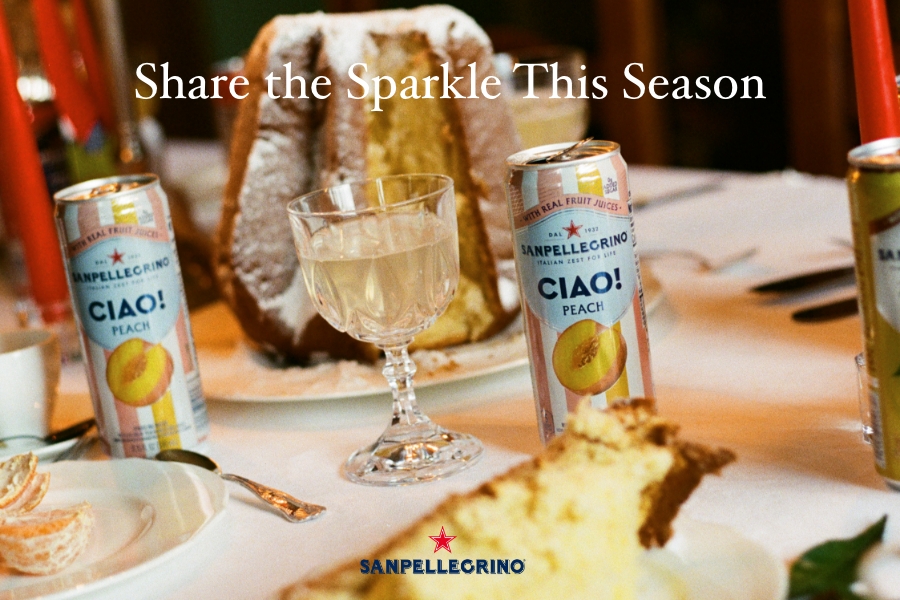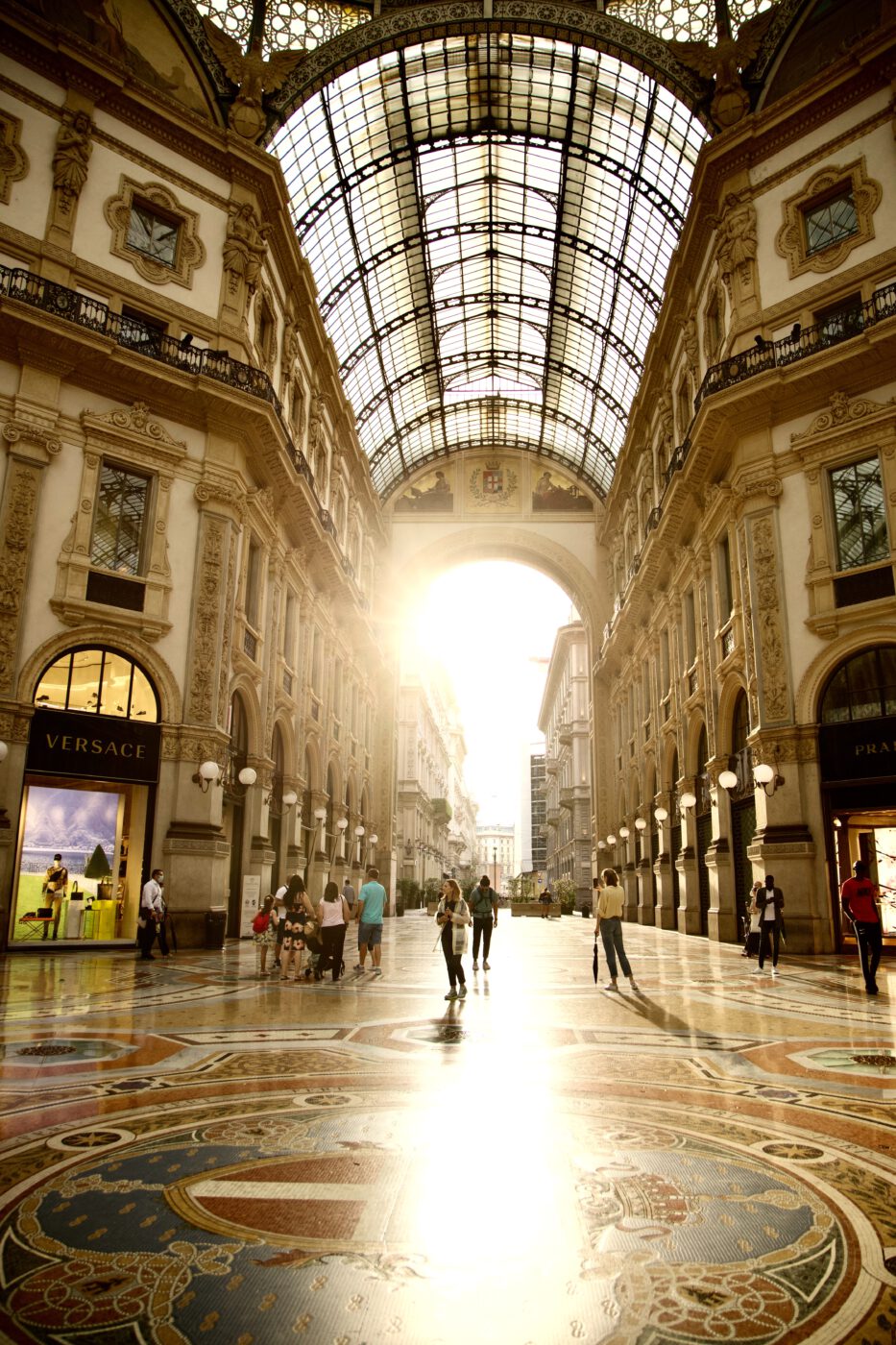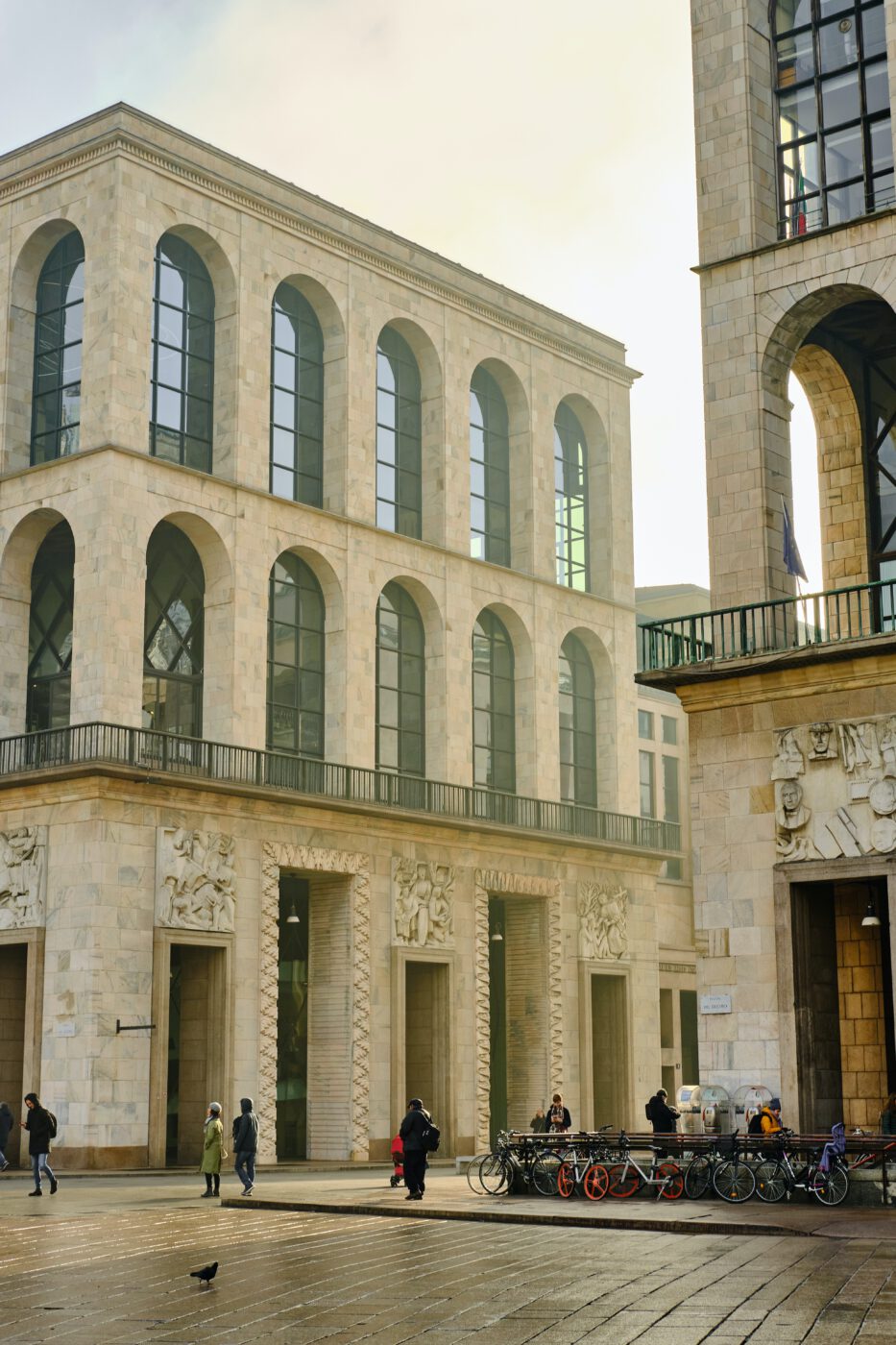My first visit to the city was in winter. Cold, drab, grey. All that 1960s and 1970s architecture and tower blocks that reminded me of council estates: functional, but undeniably ugly. Smudge brown against grey clouds isn’t exactly the color palette of dreams, or of the rest of Italy that I had fallen for instantly: Palermo where I lived for six months, Rome (my first love), and Lecce, not to even mention Florence or the quaint towns of Liguria. Milano just wasn’t hitting the spot aesthetically, not to mention socially. Everyone seems to keep the same friendship group from birth; impossible to penetrate as an outsider and oh-so cliquey. The family I’d married into, though, was Milanese, so I’d have to either like it, or lump it, as my British mother would say.
The industrial heart of Italy, Milan won’t effortlessly win you over at first sight. I’m not the only one to have said it. There’s an online Quora thread debating the reasons behind the city’s ugliness, in which one person–who clearly doesn’t mince their word–describes Milan as “A filthy and smelly city full of pretentious, strutting, and self important people. It has no decent architecture other than a ridiculous church surrounded by McDonalds, KFCs, overpriced clothes shops, rip-off souvenir stands, pick pockets and rude Japanese tourists.” Ouch.
Coy with a tough skin, Milan is a city that reveals itself to those that truly want to discover it. Yes, much of its impressive historic architecture was lost to WWII, and, in place of it, functional tower blocks were built to serve the masses that moved to the city to work in the boom years. There’s plenty of diamonds to be found in that rough, though. Having returned five times since my first visit and spent at least a week on each of those occasions getting to know Milan, the dark horse has won me over.
A chink in my Milan-hating armour first appeared on the Navigli: an interconnected chain of canals that have woven through the city since the Middle Ages and, to me, are the prettiest part of Milan. Built to transport the vast quantities of marble needed to build the city’s most iconic landmark, the Duomo, the Navigli are part of Leonardo da Vinci’s legacy on the city. As well as being an artist, Da Vinci was an architect, engineer, and inventor, brought in on the project to link nearby Lake Como with Milan. Now, the Navigli are dotted with vintage stores, quaint little bookshops, and trattorie serving up risotto allo zafferano.
That’s another thing about Milan: its food scene. Thanks to its international appeal and credentials as a financial center, new restaurants are popping up all over the city to satiate an ever-expanding workforce. My latest discovery was Frangente, between the central station and Porta Nuova. Slick, stripped back modern interiors and a menu that sings. The old flavors of Italy, like stewed tripe and pappardelle al ragu, are served with a contemporary twist and vegetables–yes, vegetables!–are given the love and attention they deserve. (Once, a bowl I ate here was so well cooked and seasoned that I wanted to cry.) A stroll away in the central station, the hip and trendy food hall Mercato Centrale Milano touts fresh fish, cold cuts, pizza, dumplings, pastries, juices and salads, and even American BBQ, served by “artisans.” It smacks of inner-city gentrification, but the produce and the end result are undeniably good.
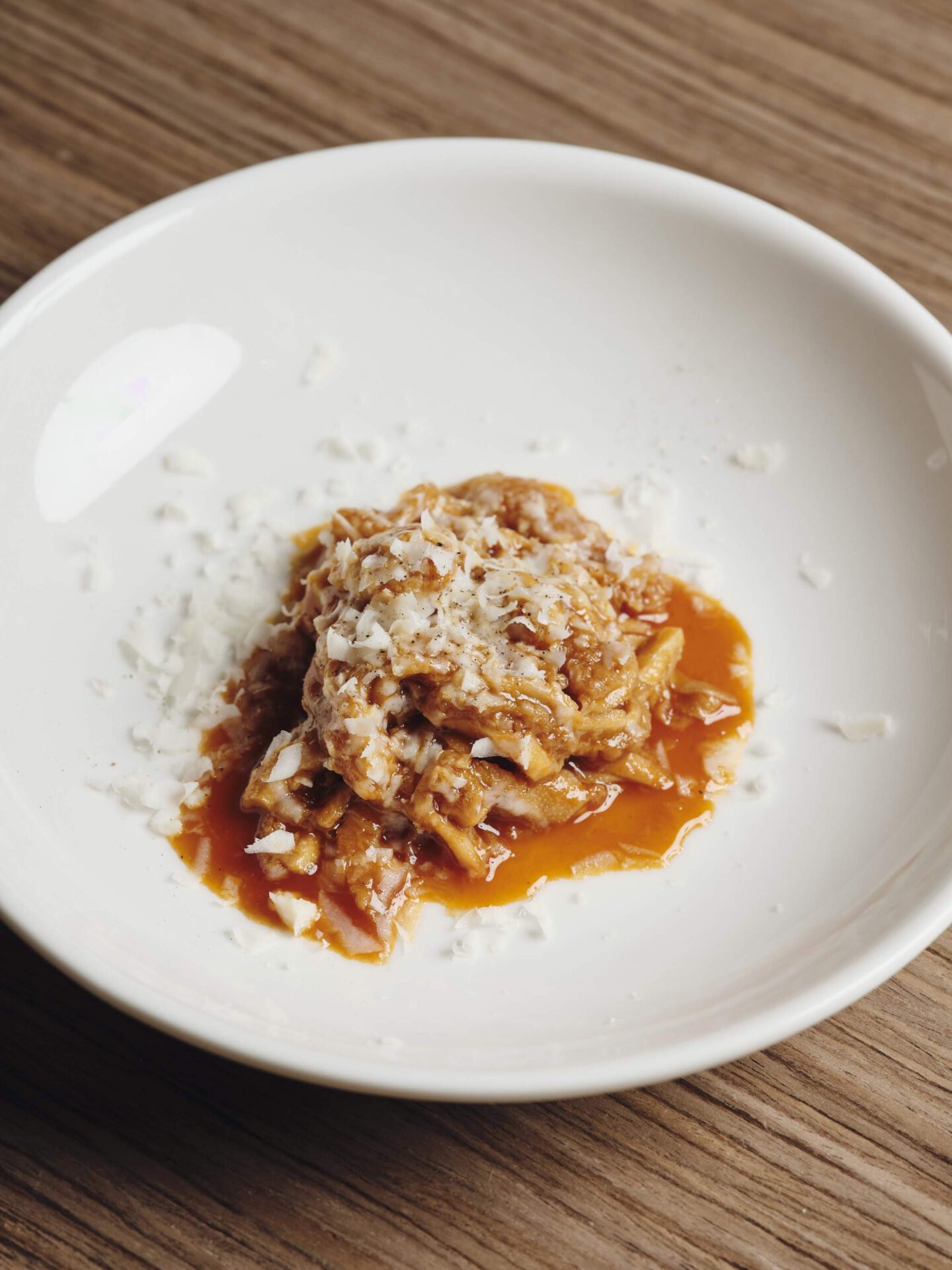
Fragente
It wasn’t just the food that wooed me, though. Old Milanese haunts have a charm about them that have me momentarily wishing I was Milanese myself. Bar Basso, opened in the 1950s and the birthplace of the “Negroni Sbagliato” is one of these places. From its vintage red sign to its bold, cursive typography design stamped across the napkins that the bar’s famous negronis come served atop, Bar Basso is Milan distilled. The grand chandeliers, the pink paneled wooden bar, staff in white button-downs, and smart clientele, all in a uniform of cashmere and monogrammed shirts; it’s all so impossibly glamorous without being pretentious, like the city itself (once you get to know it, of course). Effortlessly stylish with a touch of humor.
This also rings true of the homes I’ve had the luck to be welcomed into in Milan: great pieces of heavy wooden furniture off-set with modernist light fixtures, designer Floss lamps juxtaposing antique bookshelves; colors pop from unexpected places–the bright yellow cable of a light or a single statement wall of fuschia pink behind 19th century portraiture.
The Milanese know how to pull a look together, fashion obviously not excluded from this. After all, it is Italy’s (and one of Europe’s) fashion capital. Plus, I know I can always find great vintage clothing for acceptable prices. I bought a bright red and pink reversible coat this winter from Wait and See boutique that was so gorgeous people have crossed the street to compliment it. For shopping and for outfit inspiration, Milan is unbeatable.
Regarding the architecture, there are beautiful buildings in Milan: the pretty streets of Brera, the grand palazzi curving around Piazza Castello, and Milan’s Medieval fortress. Plus, we can’t deny that the city’s Duomo is truly the most jaw-dropping and iconic in the entire country.
The city is best experienced on a slow, aimless stroll; it’s on these wanderings and meanderings that I fell for Milan. I stick out like a sore thumb, between the suited slickers rushing between their morning espresso and city life, but I appreciated Milan all the more for it.
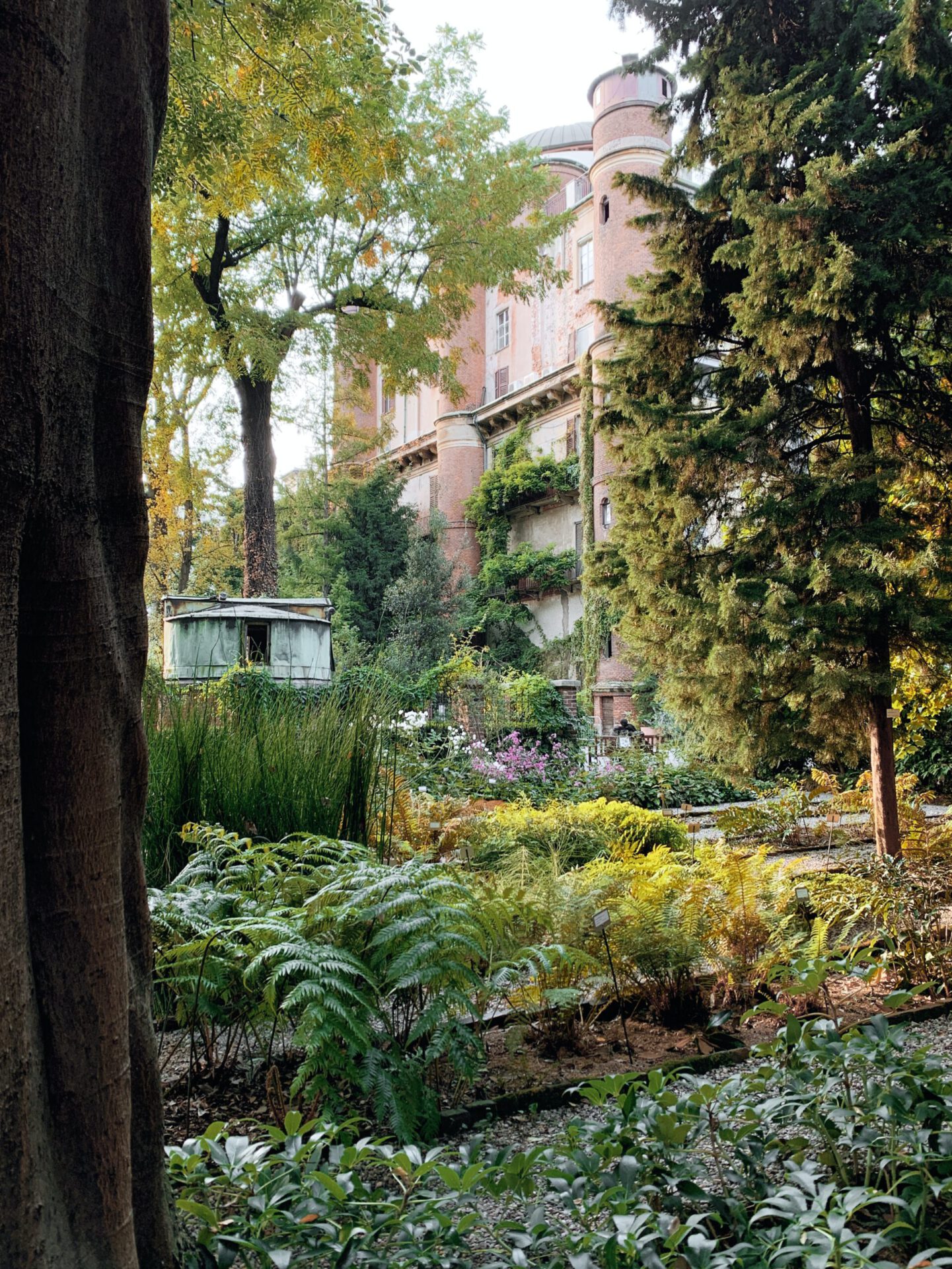
Where To Fall In Love With Milan
Eat
- Out of the Box Gelato – With two locations in the city, this gelateria reinvents favorite flavors–think chili dark chocolate and pear cinnamon–with lots of dairy-free options.
- Trattoria Burlagiò – Located on the banks of the Naviglio Pavese, this trattoria serves some of the best Milanese food in a quaint dining room. Don’t miss the risotto allo zafferano or their epic cheese selection.
- Trippa – Named after the stomach of a cow, this restaurant highlights offal and other cuts of meat that are usually undervalued with a daily-changing menu.
- Frangente – A new, hip spot that knows their way around a vegetable; the six-seat counter and open kitchen are helmed by chef Federico Sisti, a Romagna surfer type whose philosophy is based on “educated rebellion”.
- Erba Brusca – This gorgeous restaurant transports you out of the city, thanks to a working garden, innovative tasting menu of fresh veggies, and “farmer’s boxes” of produce available for purchase.
Drink
- Bar Basso – Founded in 1947 on via Plinio, Bar Basso is one of the rare places where one can still breathe the charm of the great international bars and of old Milan.
- Bar Luce, Fondazione Prada – In 2015, American director Wes Anderson not-so-accidentally designed this café in the Prada Foundation complete with formica furniture, retro arcade games, and pastels on pastels.
Do
- Triennale di Milano – Milan’s leading museum of art and design, you can find permanent collections, rotating exhibitions, concerts, and other public events here. The Triennale is housed in the Palazzo dell’Arte, designed and built by Giovanni Muzio in the 30s, in Parco Sempione.
- Mudec – Dedicated to interdisciplinary and ethno-anthropological exhibitions, this factory turned museum always has something cool going on with rotating and permanent exhibitions.
Shop
- Wait and See Boutique – Aside from having one of the best womenswear collections, this concept store in a renovated home in the 5 Vie neighborhood is one of the coolest shopping experiences in the city.
- Humana Vintage – With three locations in Milan, this well-rounded vintage shop offers quality clothing at accessible prices. Keep an eye out for their sales, when prices can go as low as five euros a piece.
- Dieci Corso Como – This concept store doubles as a gallery and also a restaurant, in a gorgeous, multi-storied space where you can spend hours browsing the wearable, and literal, art.
